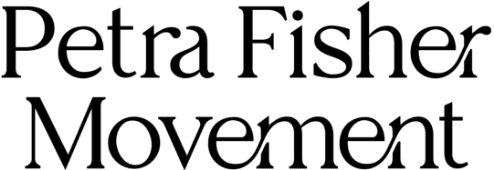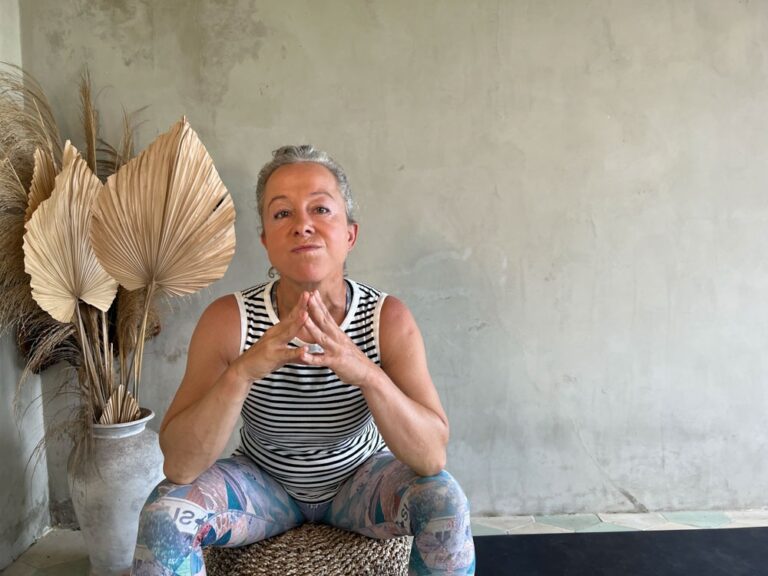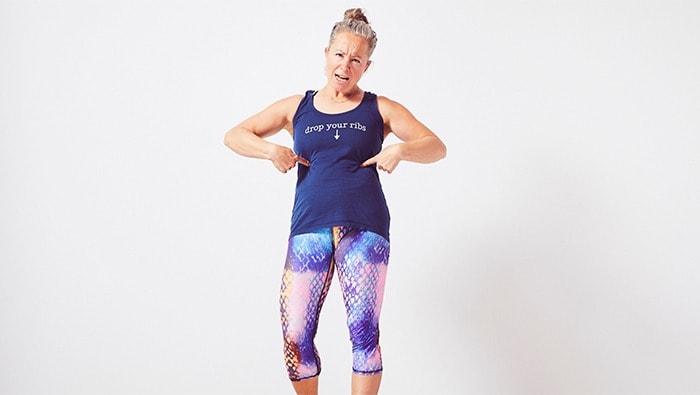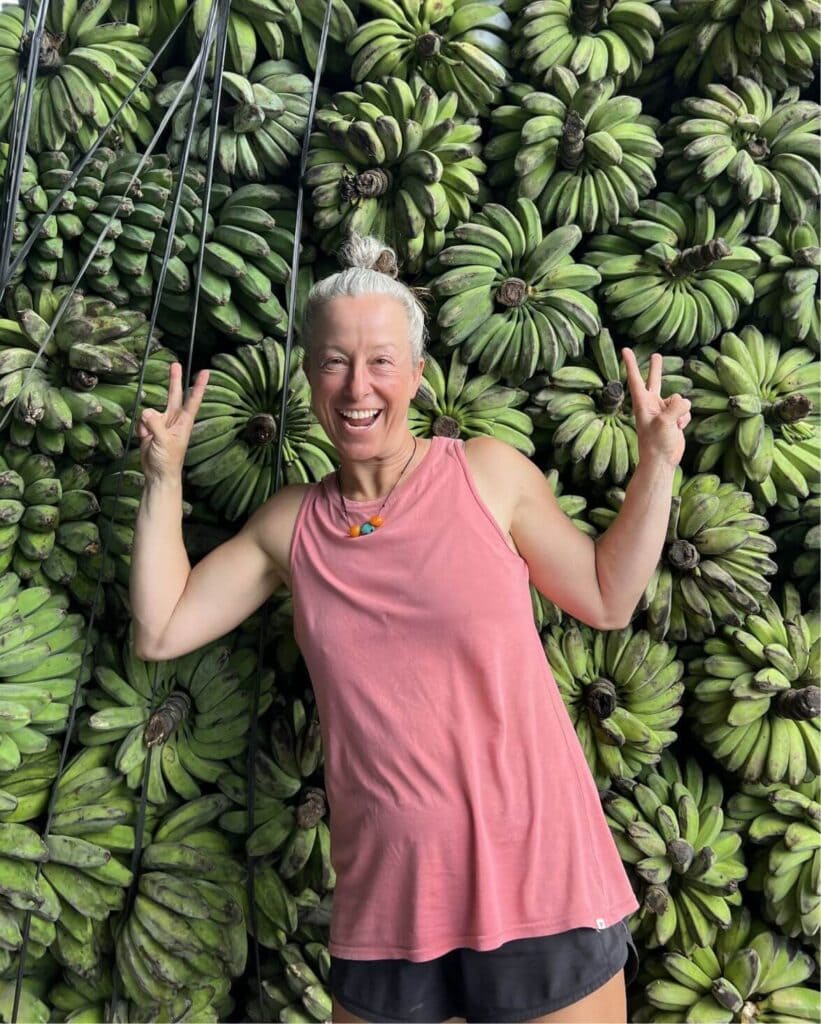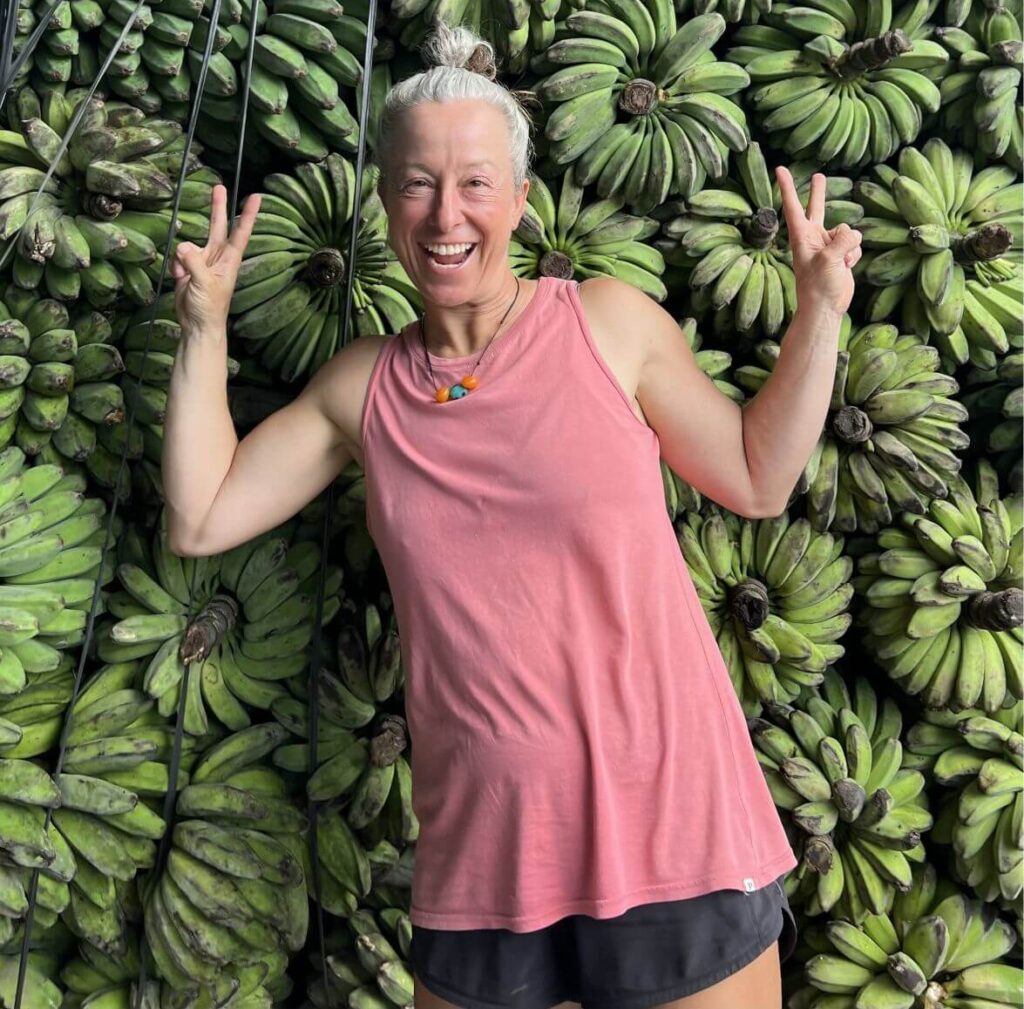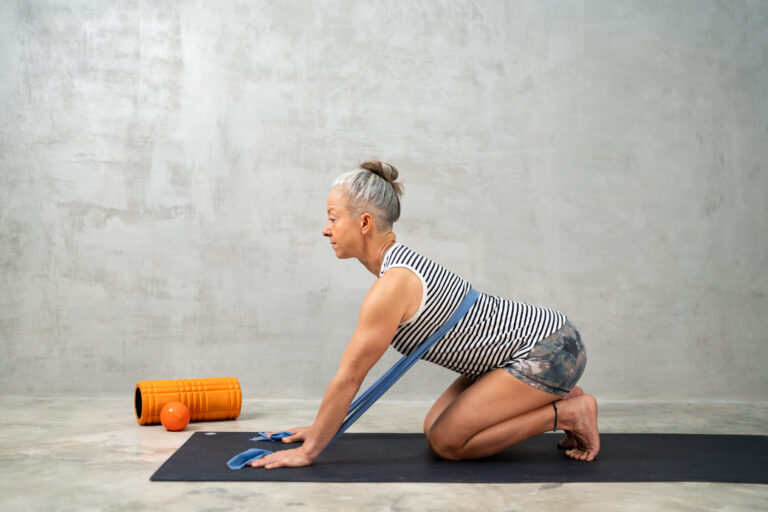
13 Ways To Relieve Back Pain With Movement
UPDATED: April 16, 2025 Let’s face it – back pain sucks. Sadly, it’s also suuuuuper widespread, very common and affects people of all ages. It’s estimated that every year, 15-20% of adults will deal with back pain and around 50-80%
